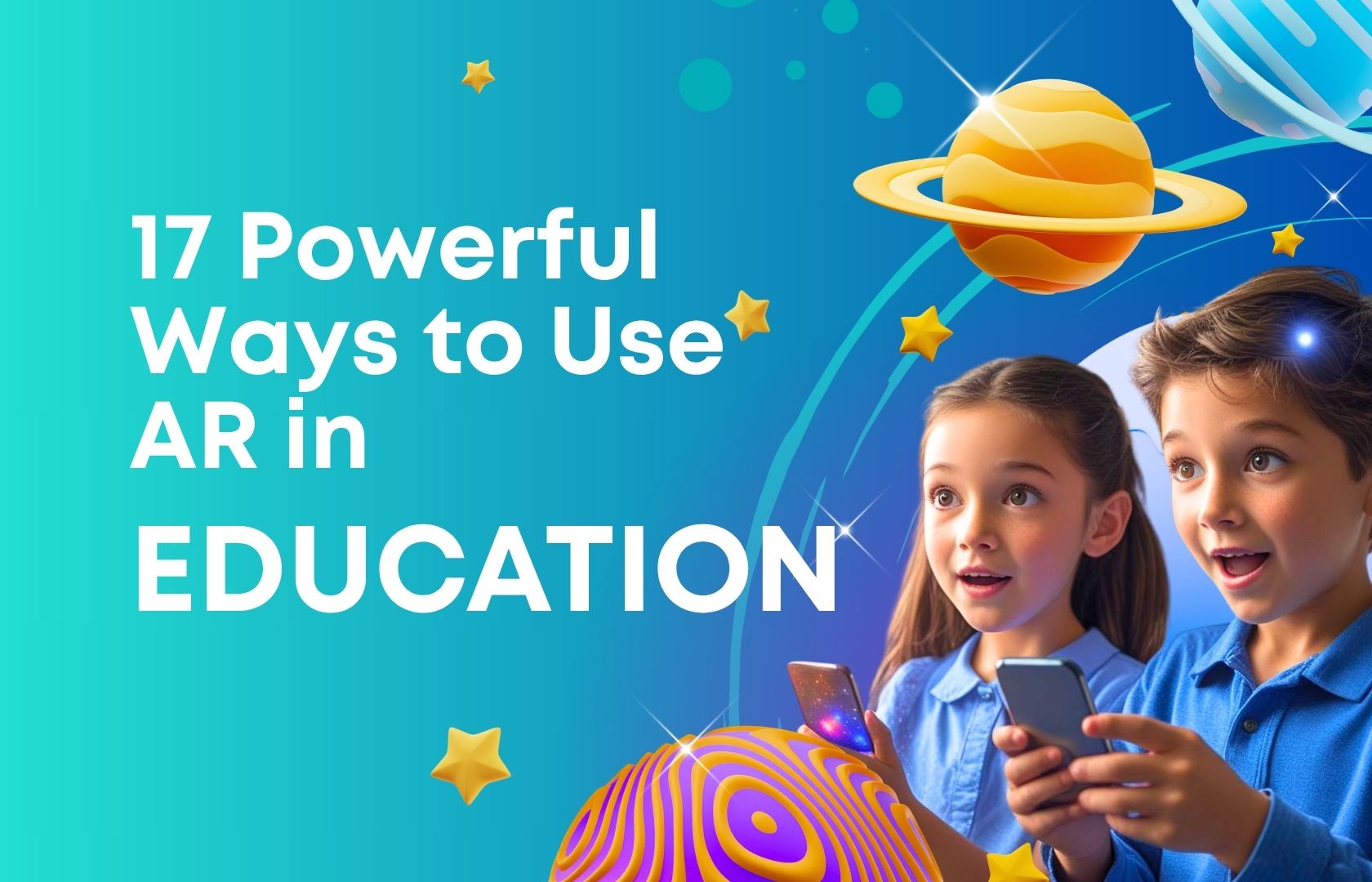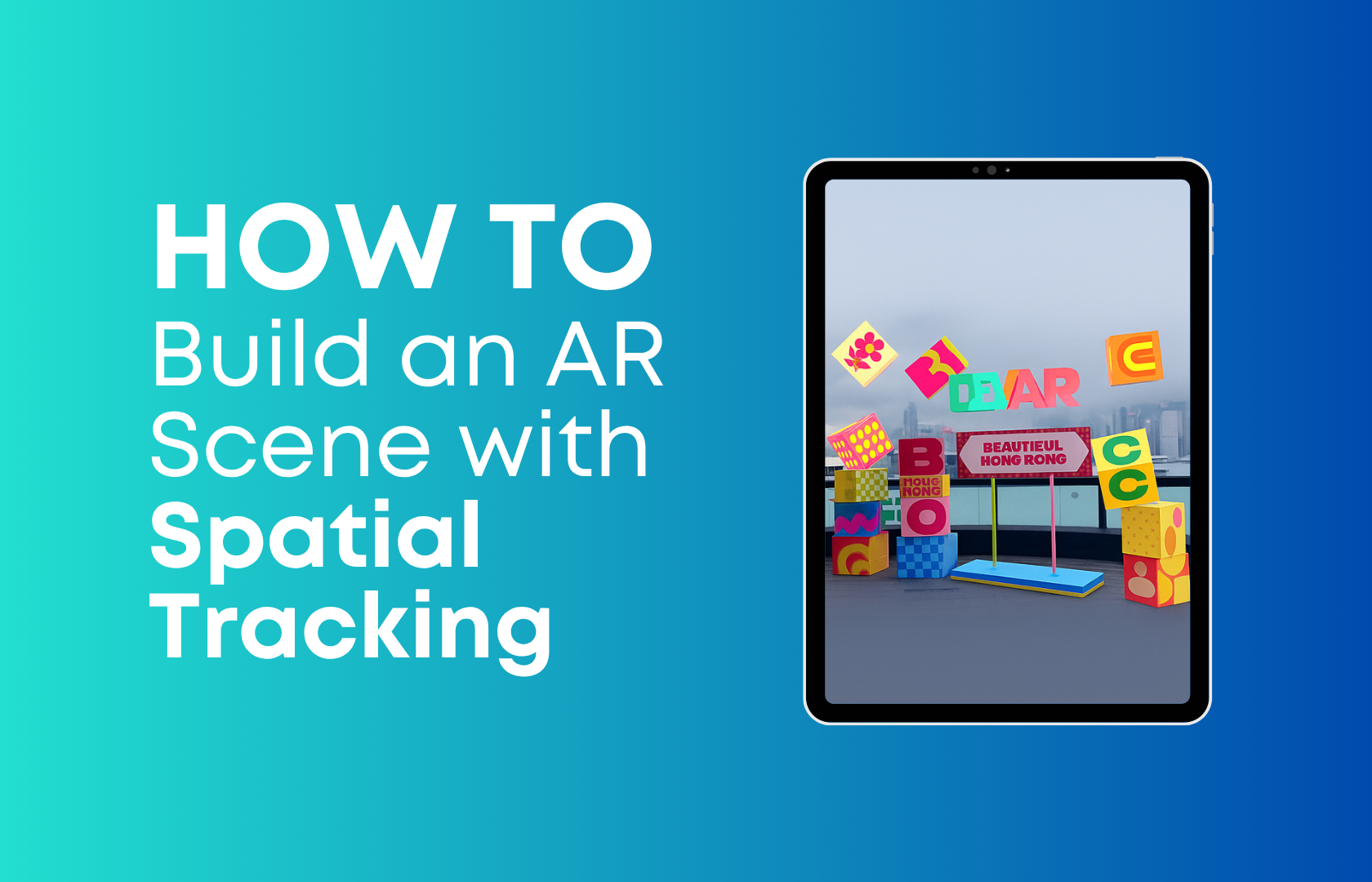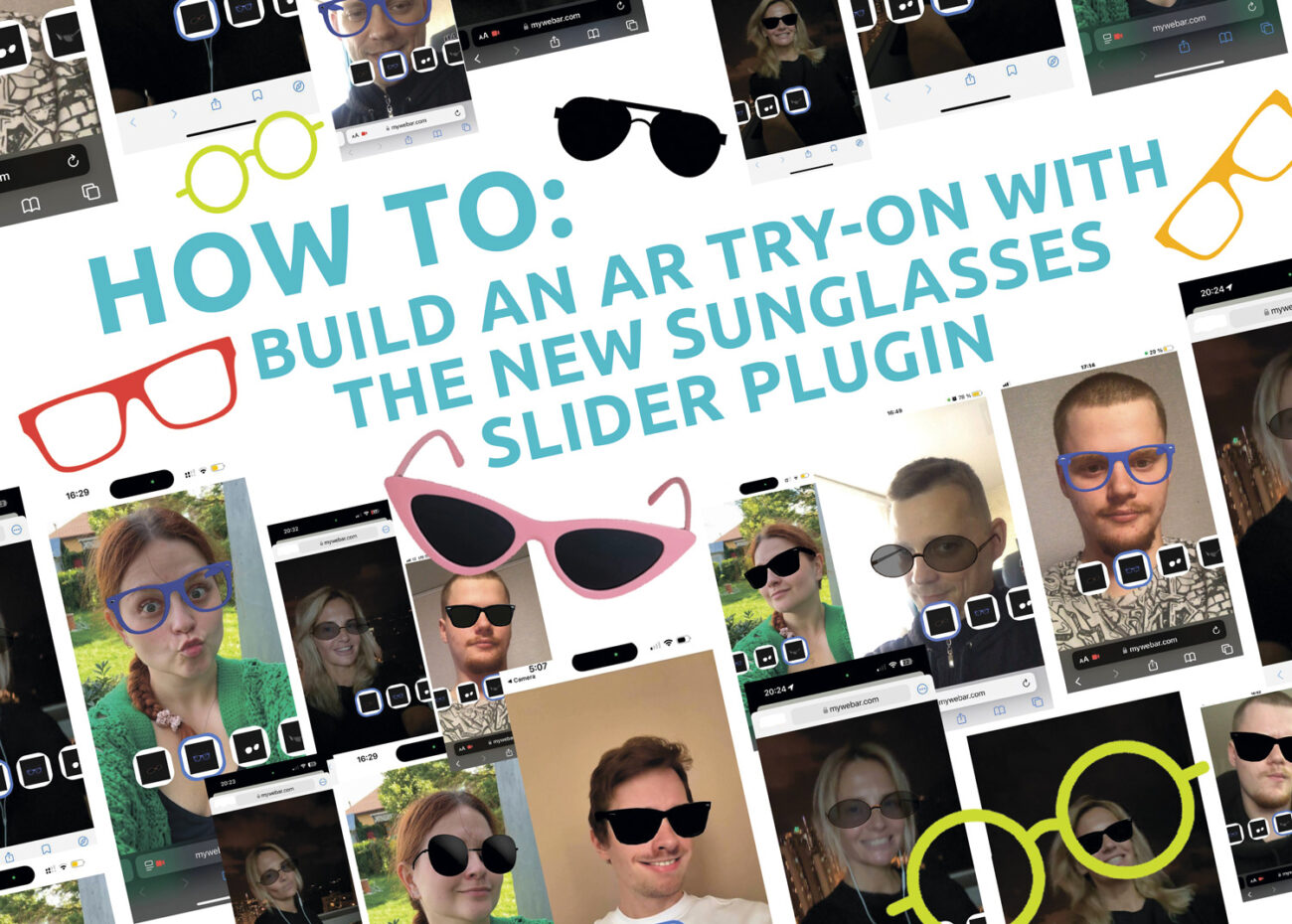Surely each of us has at least once dreamed of a book coming to life. Not in the form of a movie or animation, where the story is already completely invented and visualized for us, but in the form of the same book that still tells us a story, leaving room for our imagination.
Unlike movies or computer games, books give us a unique opportunity to not just be spectators but guests and even participants in the adventures unfolding on their pages. So how can we preserve this important role of books while making them even more magical and technological? In other words, how can we give a book a new life without changing its essence? The answer is simple: using AR in books
Believe it or not, books with augmented reality not only exist but are also extremely popular. Their circulation exceeds the circulation of other books on similar topics and genres by tens of times.
Why is this happening?
First of all, because the book market is one of the oldest markets. It has its own traditions and rules, and despite the fact that it is prone to trends and fashion, it reacts to them quite slowly. In this aspect, a book with augmented reality is literally a gift from the future.
After all, every book has its own form, concept, and essence. Agree, it is quite difficult to invent a book that would not look like a book. Of course, the variety of formats and creative illustrations nowadays is admirable, but even a round, triangular, or square book is still the same book, just in a different form.
A book with augmented reality not only changes the form of a book. The possibility of combining physical and digital content literally gives such a book new properties. It transforms it from a physical product into a phygital product. It allows not only reading but also listening, watching, playing, solving tasks and puzzles, visiting new worlds, and even inviting characters from the book to visit us.
Especially for you, we have prepared 10 tips on how to work with AR in books.
Use the Right Genres for AR Books
While augmented reality can enhance any book, certain genres lend themselves particularly well to this technology. For example, children’s books, fantasy novels, and educational texts can be greatly enriched with AR elements. Children’s books can come to life with interactive characters and animations, while fantasy novels can transport readers into immersive worlds. Educational texts can use AR to provide additional information or interactive quizzes. By selecting the right genres, you can maximize the impact of AR in your books.
Non-fiction
Encyclopedias, textbooks, workbooks, cookbooks, travel books, maps, and other topics where not only the text but also visual aids, practical examples, experiments, tasks, the ability to view videos, and listen to audio are important ― all of these are excellent topics for the use of augmented reality.
In this case, digital content makes the book more useful, comprehensive, and understandable. It helps to better assimilate the material and delve deeper into the subject being studied or explored.
Many doctors and masseurs enthusiastically purchase “4D Anatomy” encyclopedia by DEVAR and even use it as a teaching aid in their courses. After all, in this topic, visual aids are particularly important. Can a flat image, even of high quality and taken from different angles, provide that? It is much easier and clearer to examine a 3D model of a skeleton or, for example, a heart, to be able to rotate it and examine it from different angles, and to obtain information simply by clicking on a specific area.
Or, let’s say, a topic like chemistry. Many chemical reactions cannot be performed at home because they are dangerous. Or maybe you simply don’t have the appropriate tools at hand (let’s agree, not everyone has a secret laboratory hidden in their basement). Augmented reality allows for safe chemical experiments without fear of consequences.
And what about space? Or dinosaurs? What other book allows you to visit Mars or see ancient animals with your own eyes?
Thus, non-fiction books with augmented reality become not only more understandable and useful but also simultaneously a mini-museum, a pocket laboratory, and even a research playground. Therefore, the demand for such books is much higher than for ordinary ones.
Fiction
Fairy tales, especially children’s ones, are perfect for bringing a real wonder to young readers. With the help of augmented reality, you can bring beloved characters to life, turn illustrations into animated scenes, and even give the young reader a chance to influence the course of certain events.
This approach not only enhances imagination and creativity but also empowers the reader with the roles of a director, screenwriter, and creator.
In addition to fairy tales, various activity books are well-suited for augmented reality experiences, where the main theme of AR content can be games and puzzles, as well as coloring books that can come to life in the exact colors used by the user.
Bringing augmented reality to young adult books is a bit more challenging, as they often have fewer illustrations or none at all. At least that’s how it may seem at first glance. However, that’s not entirely true. In such books, you can always bring the cover to life or hide a whole AR quest within the pages, encrypted as ornaments or QR codes scattered throughout the book’s text.
Bring the Cover to Life
An augmented reality (AR) cover for a book is not only a great solution for books with few illustrations or none at all, but also a vibrant and appealing marketing move.
In augmented reality, you can place a book trailer or author’s message on the cover, conduct an interview with the main character, or create a captivating opening scene. Alongside the synopsis on the back of the book (which, honestly, is rarely read), you can provide potential buyers with a unique and immersive experience right in the store (or on the online storefront), engaging and intriguing them, which may ultimately lead to a purchase even if they weren’t initially highly interested.
By the way, even if there is no additional AR content inside the book, a cover that comes to life can already be an excellent first step to transform your book into a phygital product and make it stand out among others. (Plus, you can “capture” data from your readers and use retargeting techniques.)
Experiment with Content in AR Books
Books with augmented reality offer a fantastic modern concept that allows you to expand the boundaries of how a book is perceived, make it more useful and visual, turn it into a true wonder, and stand out from competitors.
It’s also a creative discovery that gives your book a voice, music, magic, and depth.
Don’t be afraid to experiment with different types of content and tracking. Bring illustrations to life by adding 3D models, videos, animations, and educational games (AR on a Flat Image), or let book characters step into the real world (AR in the Real World). Dress up the reader according to the plot or theme using Face Filters and Effects, or enhance the reading experience by hiding magical QR codes throughout the pages.
Don’t Forget About the Multiscene Project
And here’s a nice bonus – you won’t need to reprint the entire print run of the book if you decide to add AR to it! With the Multiscene project, generate a QR code and place it on the cover or endpapers of the book, or create a postcard-insert with instructions.
Enhance the Storytelling Experience
AR should complement and enhance the storytelling experience, rather than overshadowing it. Consider how AR can add depth and engagement to the narrative. For instance, instead of merely displaying static images, use AR to create dynamic scenes or 3D models that readers can interact with. This will captivate readers and create a more immersive reading experience.
Integrate AR Seamlessly
Seamless integration of AR is key to ensuring a smooth reading experience. Avoid abrupt transitions between the physical book and the AR content. The AR elements should seamlessly blend with the printed text and illustrations. Use markers or triggers within the book to activate the AR content, ensuring that readers can easily access and engage with it.
Provide Interactive Features
One of the main advantages of AR in books is its interactive nature. Take advantage of this by providing interactive features that allow readers to actively participate in the story. This could include puzzles, quizzes, or mini-games that readers can solve or play using AR. By incorporating interactive elements, you can make reading a more engaging and interactive experience.
Offer Additional Content and Context
AR can be used to provide supplementary content and context to enhance readers’ understanding of the book. For example, you can use AR to display historical facts, character biographies, or geographical information related to the story. This additional content can deepen readers’ immersion in the book and enrich their overall reading experience.
Provide Clear Instructions
To ensure readers can easily access and engage with the AR content, provide clear instructions on how to use it. This can be done through a brief introduction at the beginning of the book, step-by-step guides, or even tutorial videos. Clear instructions will help readers navigate the AR features seamlessly and fully enjoy the enhanced experience.
Create a Unified Product
Don’t get carried away with separation. Remember that the key success of a book with AR lies in the physical and digital parts complementing each other, coming together as a unified product. Don’t create AR just for the sake of AR or a game just for the sake of a game. Only when all the components of your product blend seamlessly, you’ll have a cool and cohesive product that will surely impress readers.
Remember, while AR can enhance a book, it should not overshadow the core reading experience. Strive to strike a balance between the physical book and the AR elements, creating a harmonious blend that adds value to the overall reading experience.
Try bringing your book’s illustration or cover to life right now!






















